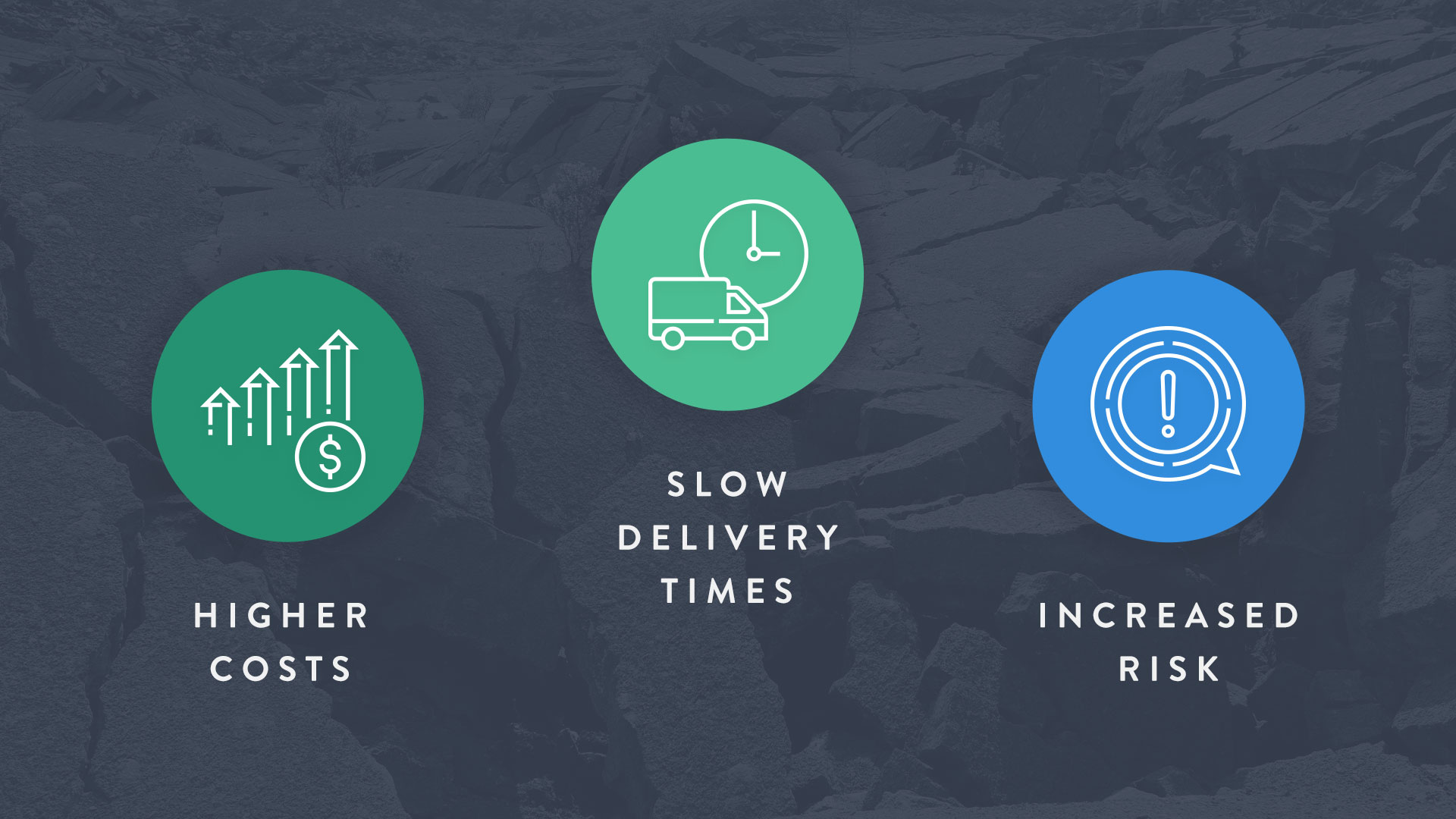Why Traditional Software Development Practices Are Failing the Modern Enterprise
When it comes to enterprise software development, there’s an unsettling trend that many executive-level leaders are all too familiar with—the increasing brittleness and complexity of their software systems. Despite decades of advancements in technology, many organizations find themselves grappling with the same fundamental issues that have plagued the industry for years. At the heart of this problem lies the traditional approach to software development—a methodology that is proving to be inadequate for the demands of modern, large-scale systems.
The Pitfalls of Traditional Software Development
Traditional software development practices were built on the premise that software requirements could be fully understood upfront, and that design and implementation could proceed in large, sequential phases. This approach, often referred to as the “waterfall” methodology, assumes a linear progression: requirements are gathered, design is completed, code is written, and then testing is done to validate the final product. However, this model has several critical flaws that are particularly pronounced in today’s complex enterprise environments.
Firstly, the assumption that requirements can be fully understood and anticipated at the beginning of a project is increasingly unrealistic. In large-scale systems, learning occurs continuously as development progresses. This means that the original design, which was based on those initial assumptions, is constantly under pressure from new insights and requirements that emerge along the way. Unfortunately, by the time these learnings are integrated, the design is often too rigid to adapt without significant rework, leading to cascading issues that only get discovered once it’s too late to make meaningful changes.
The Lack of Safety and Its Consequences
One of the most significant issues with traditional development practices is the lack of safety mechanisms throughout the development process. Safety, in this context, refers to the ability to make changes to the software without fear of breaking existing functionality. In traditional methods, testing is performed after the software is written, serving only to validate whether the requirements were correctly understood and implemented. However, this approach means that any misunderstandings or miscommunications between teams are only uncovered at the end of the development cycle—far too late to address them without major disruptions.
The absence of continuous testing and validation throughout the development process results in software that is brittle and hazardous to change. This brittleness is exacerbated as the software scales, with complexity increasing not linearly, but exponentially. The larger and more complex the system becomes, the more fragile it is, and the more challenging it is to make even small changes without causing unintended consequences.
The Impact on Enterprises
For executives and their teams, the implications of these issues are profound. The brittleness and complexity of their software directly translate into higher costs, slower delivery times, and increased risk. When changes are needed—whether to adapt to new business requirements, integrate with other systems, or scale to meet growing demand—their teams face a daunting task. Each change carries the risk of introducing new bugs or breaking existing functionality, leading to a cycle of firefighting that drains resources and stifles innovation.
Moreover, the traditional development approach often leads to software that is difficult, if not impossible, to maintain and evolve over time. This results in systems that are costly to operate, as they require constant patching and updates just to keep them running. For organizations looking to stay competitive in a rapidly changing market, this is a significant handicap.
Moving Forward: Embracing New Practices
To break free from these constraints, organizations must move away from traditional development practices and embrace methodologies that prioritize simplicity, safety, and continuous learning. By doing so, they can empower their teams to deliver software that not only meets today’s needs but is also ready to adapt to whatever the future may bring.


